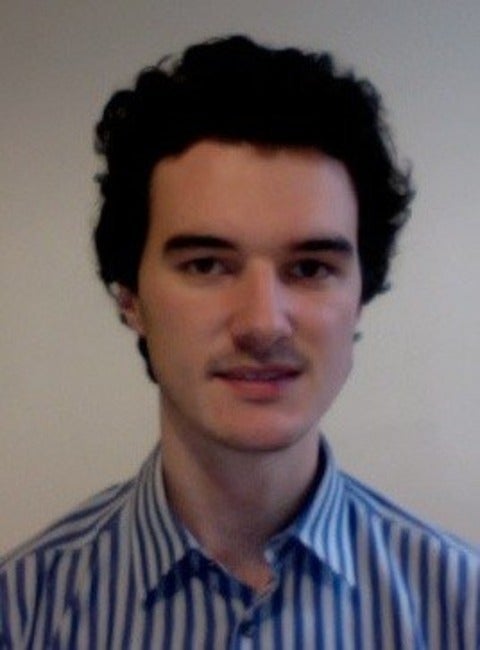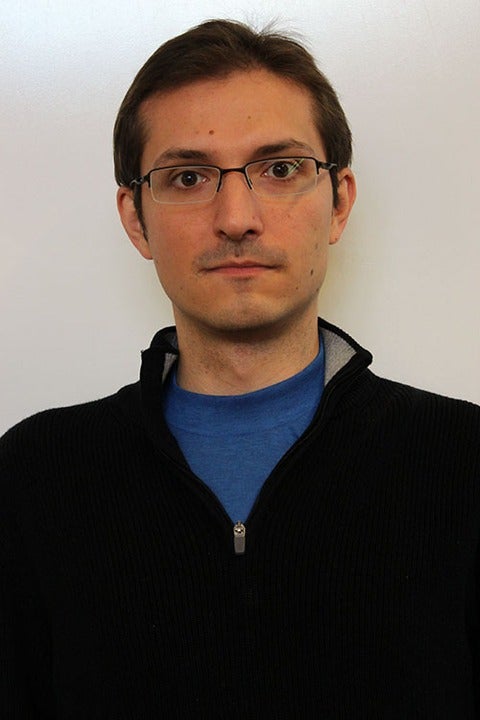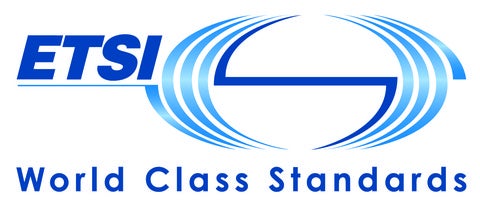Vanier Canada Graduate Scholarship enables more cutting-edge research
Institute for Quantum Computing (IQC) student Tomas Jochym-O’Connor (Department of Physics) earned a Vanier Canada Graduate Scholarship. The prestigious Vanier Canada Graduate Scholarship awards $50,000 per year over the next three years.


